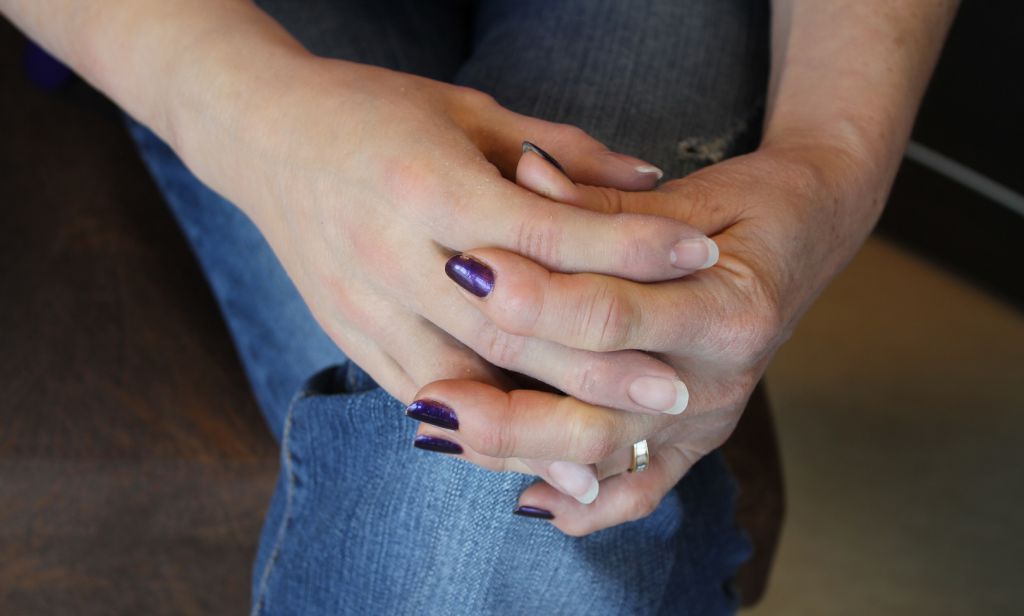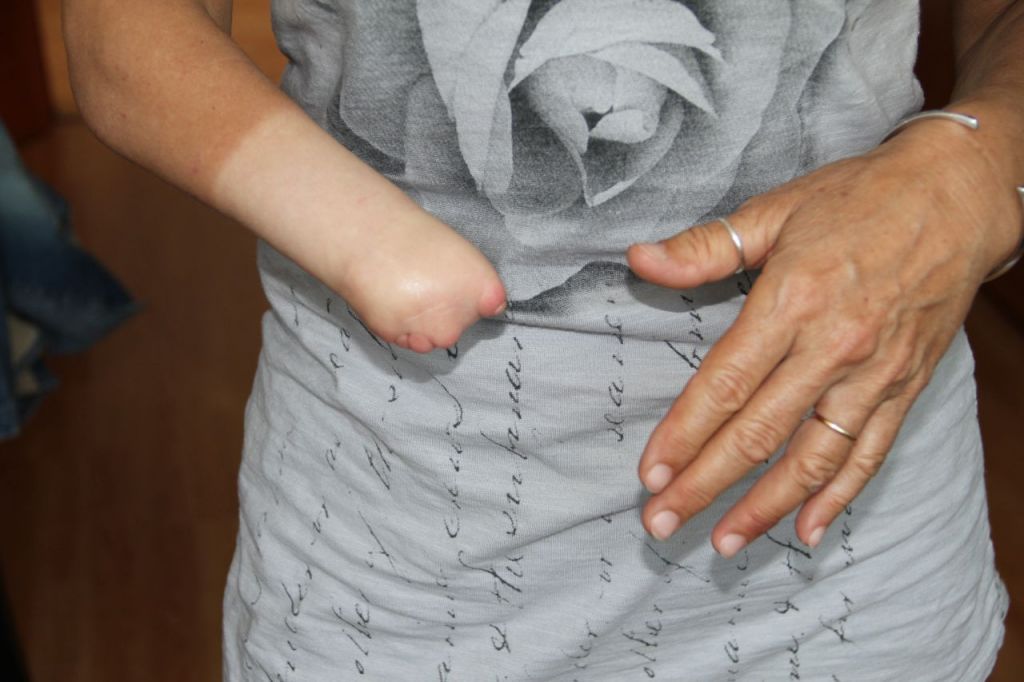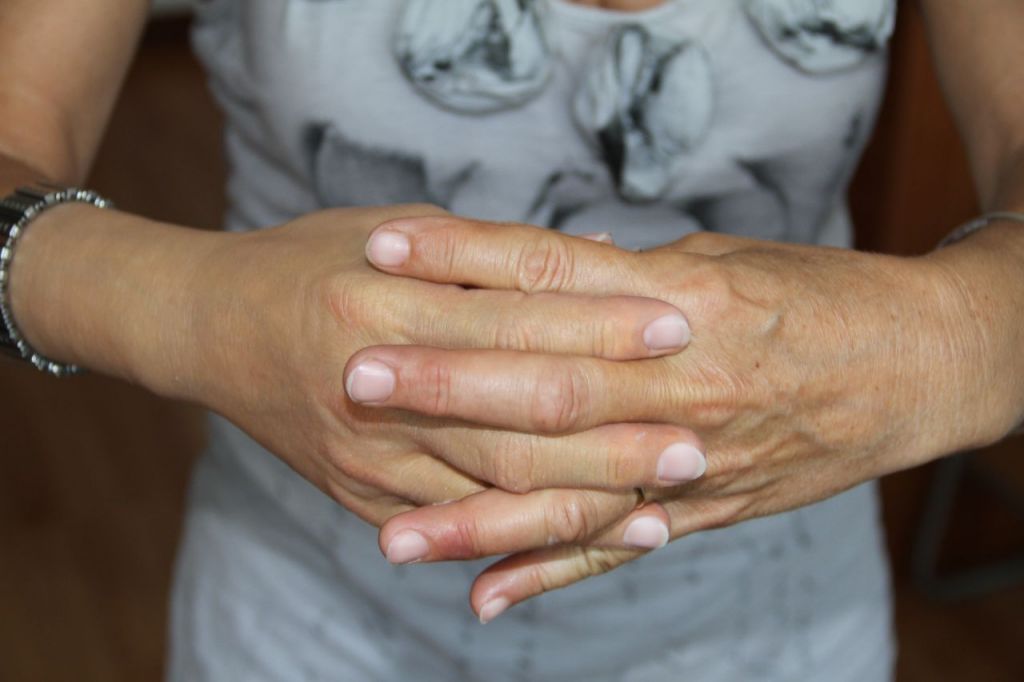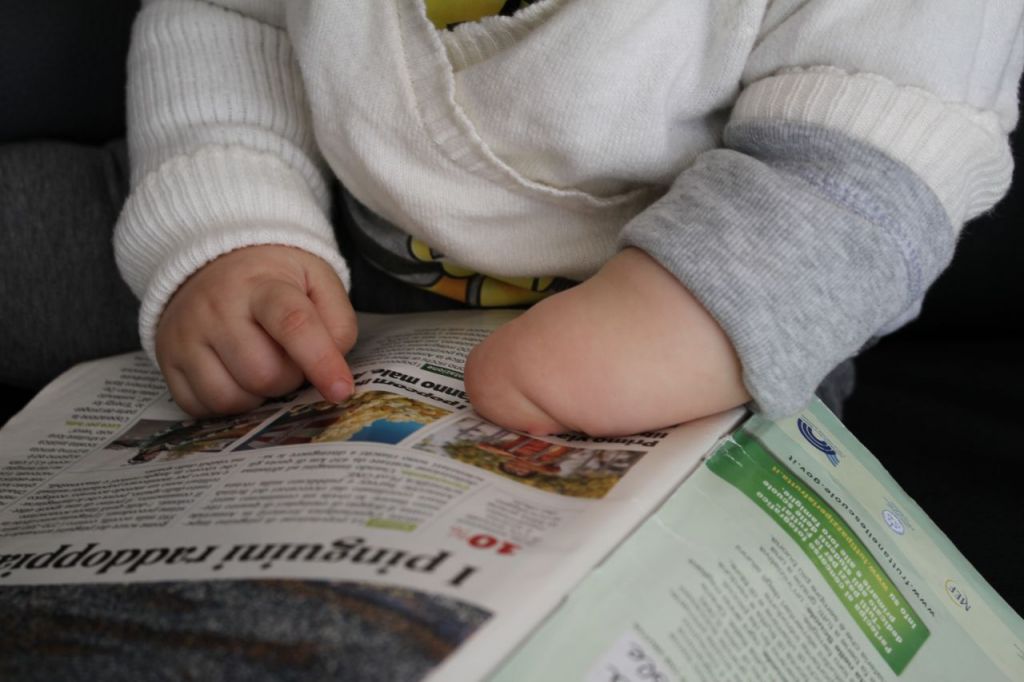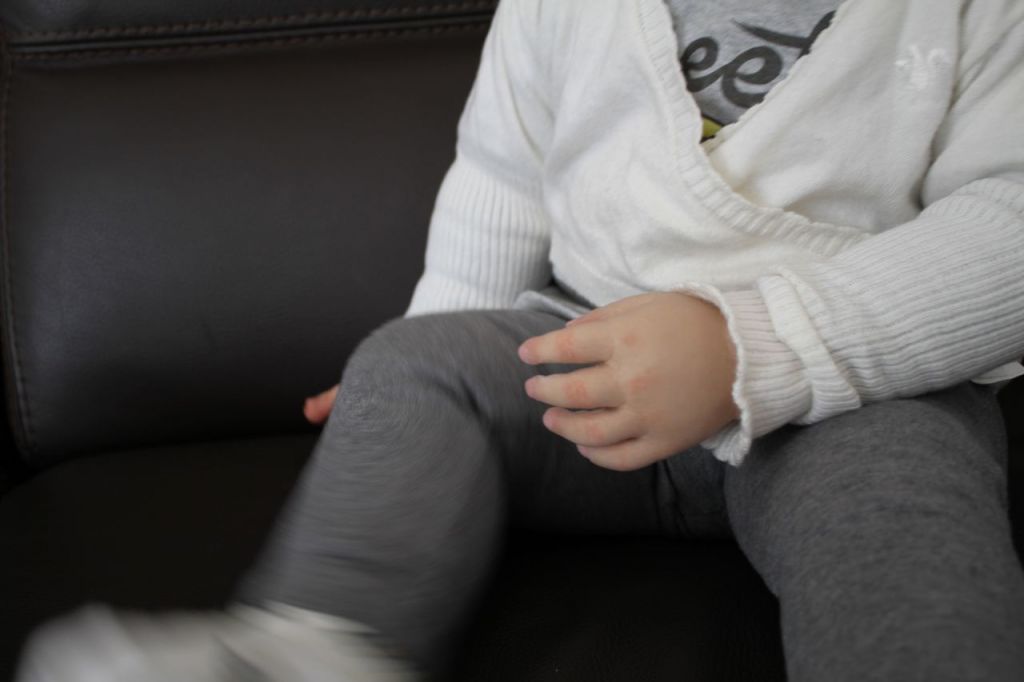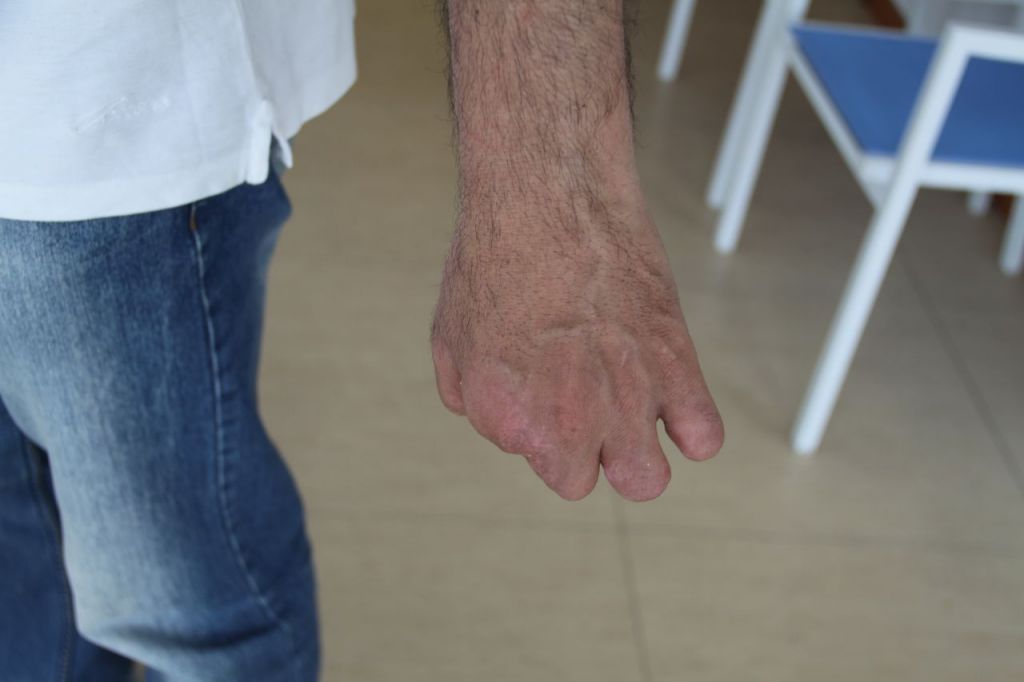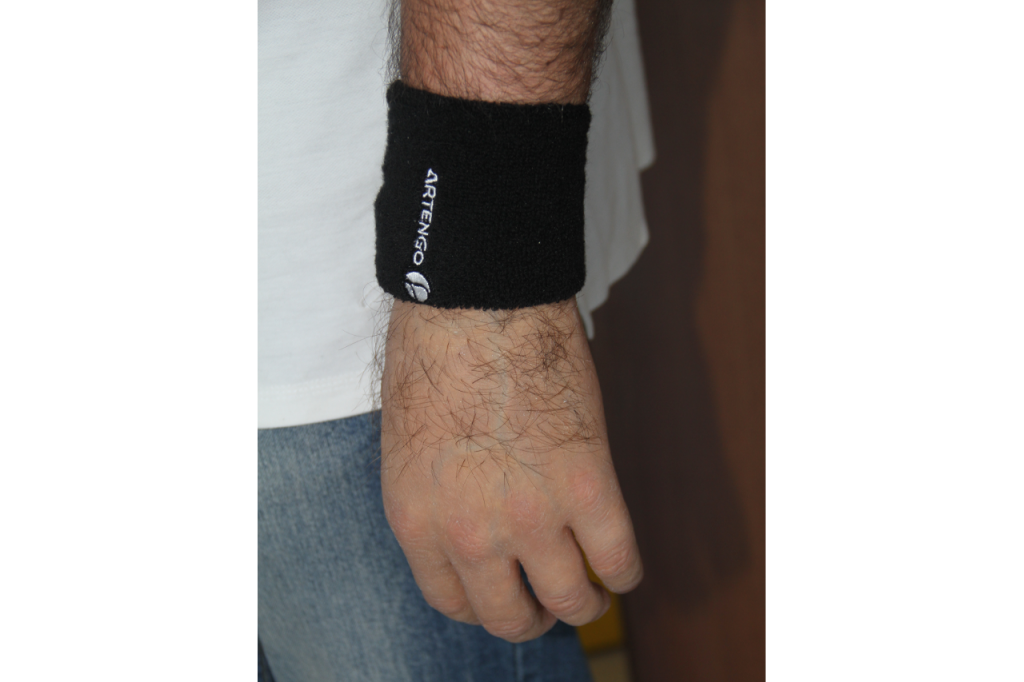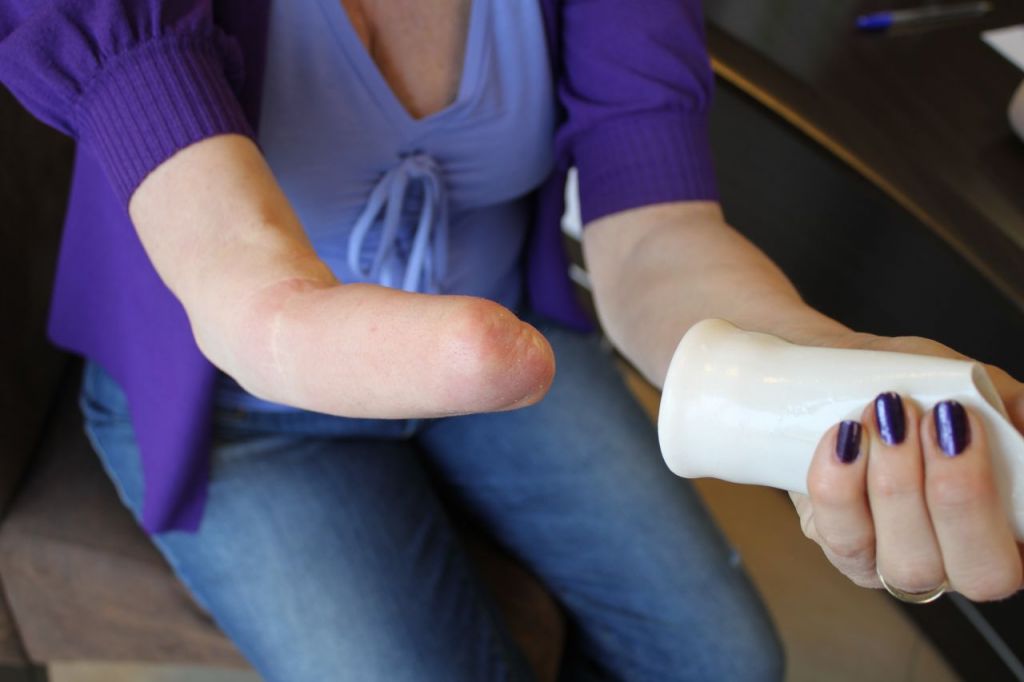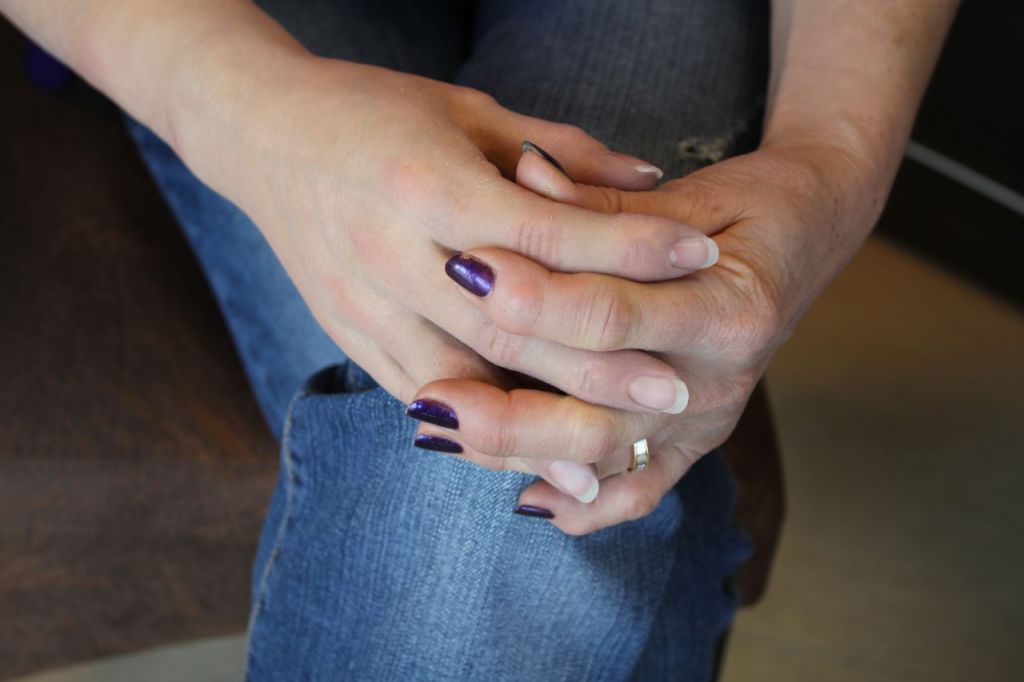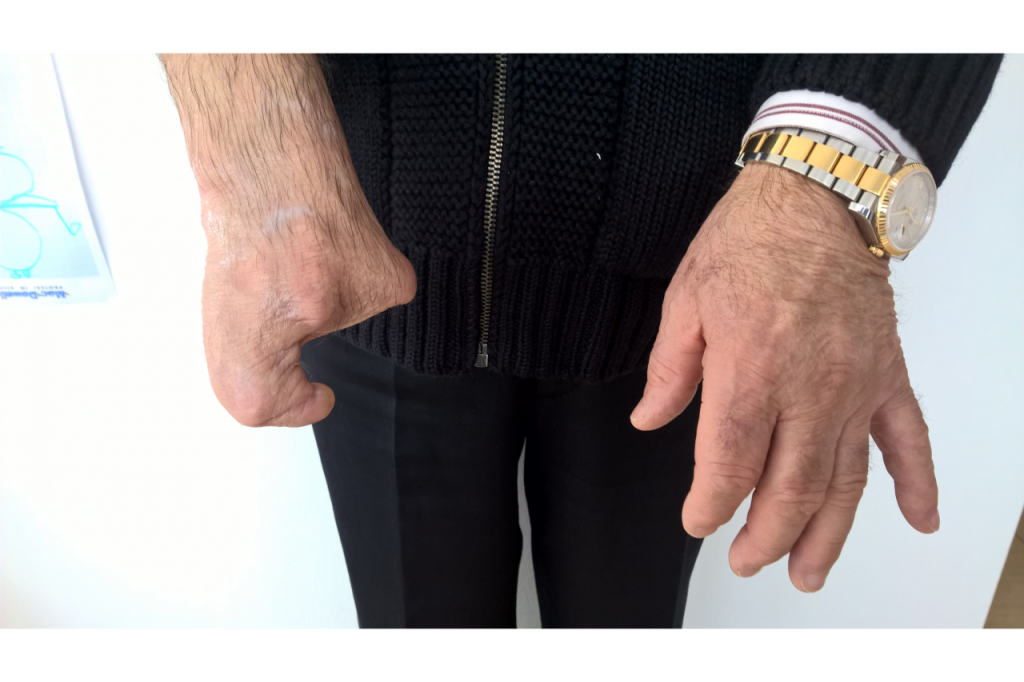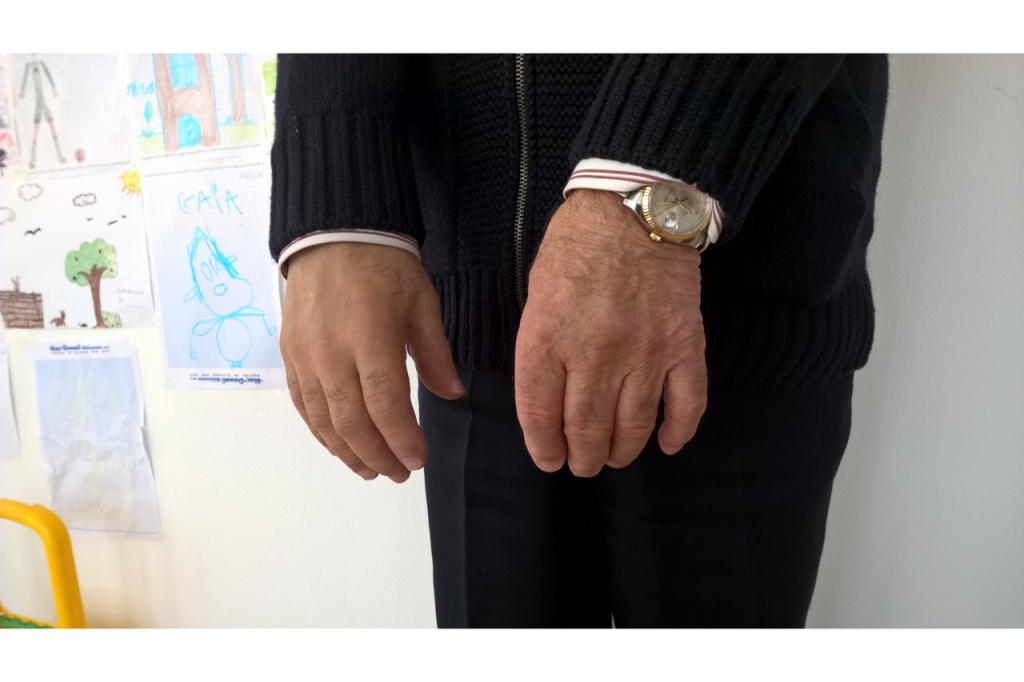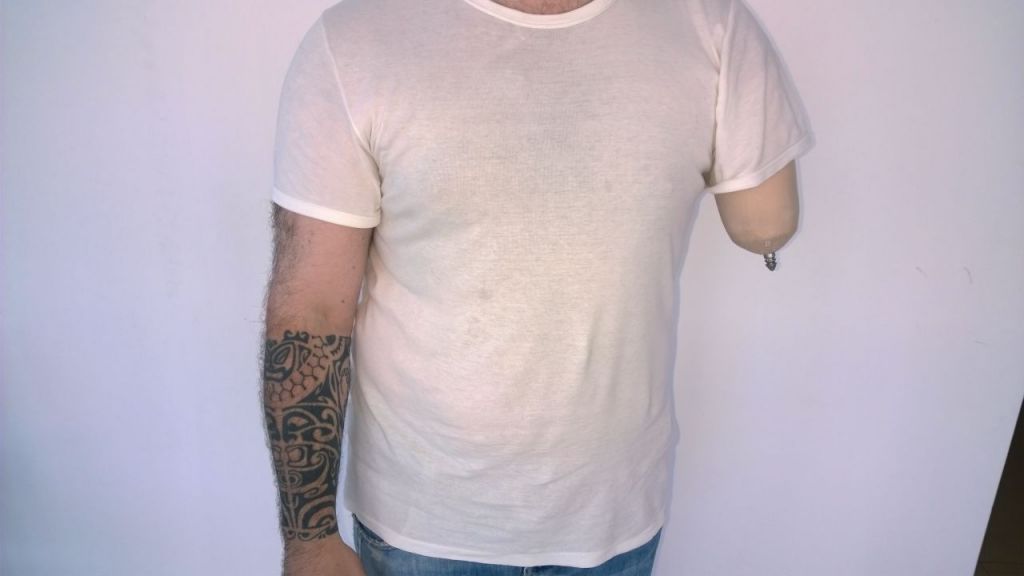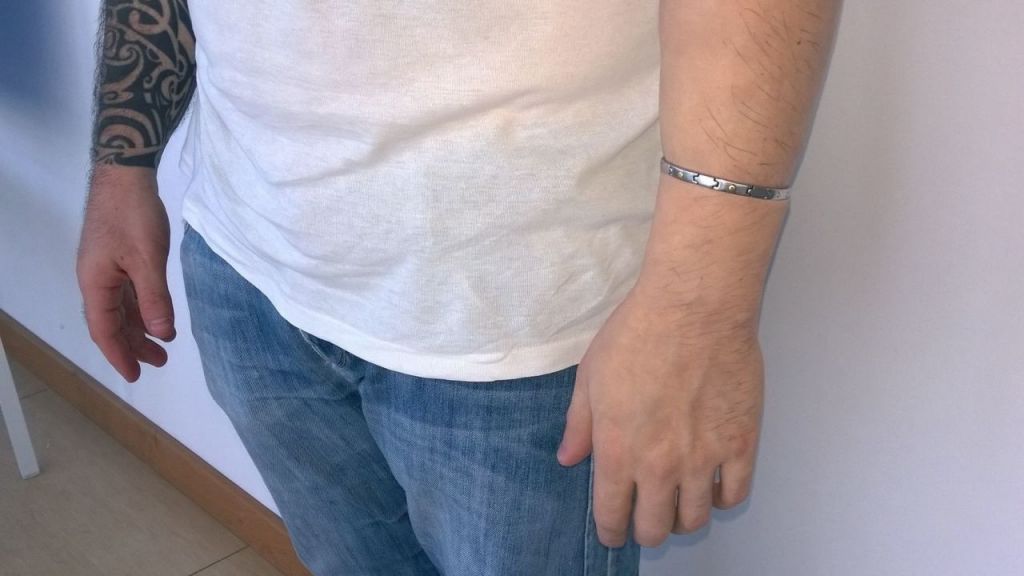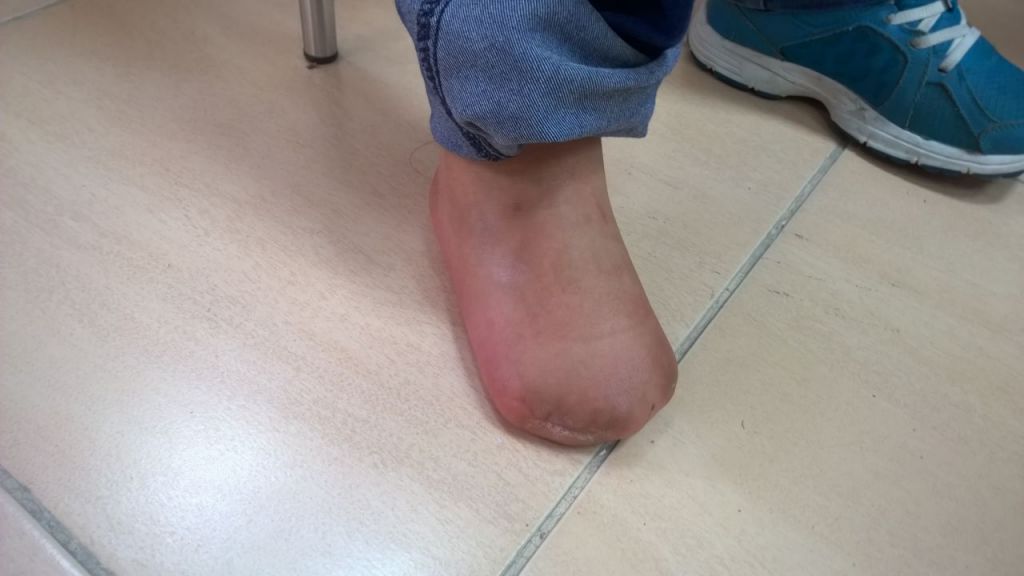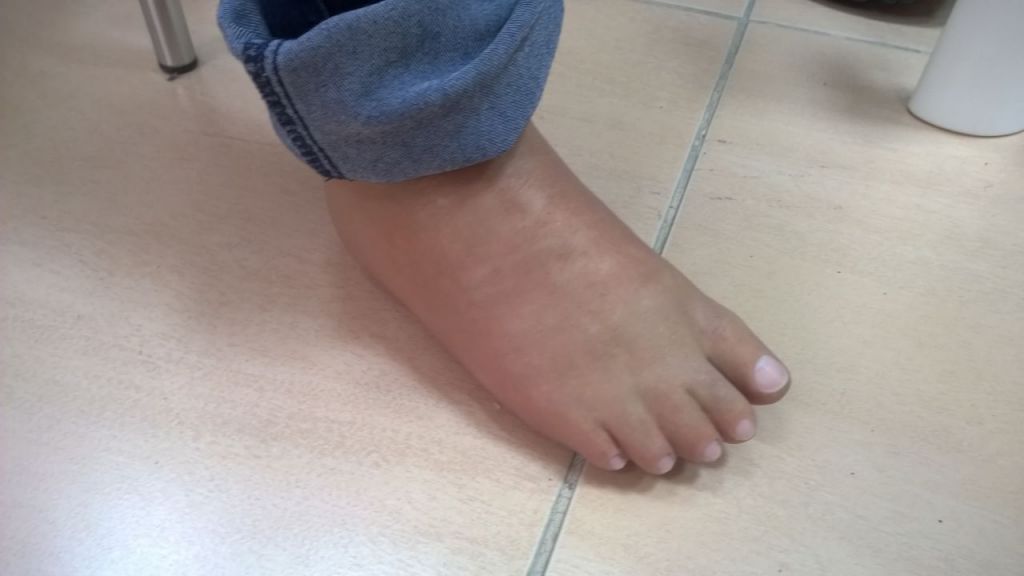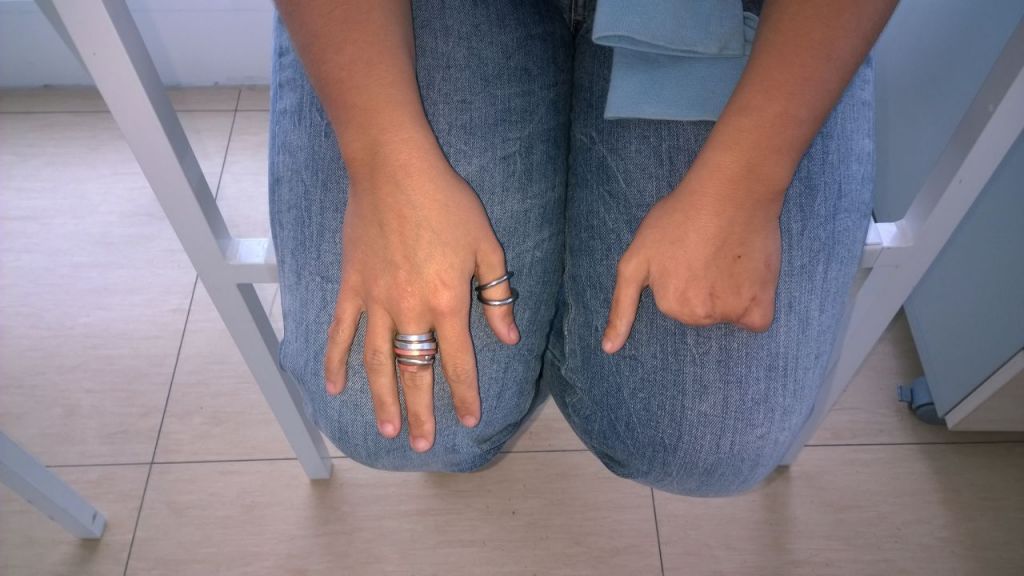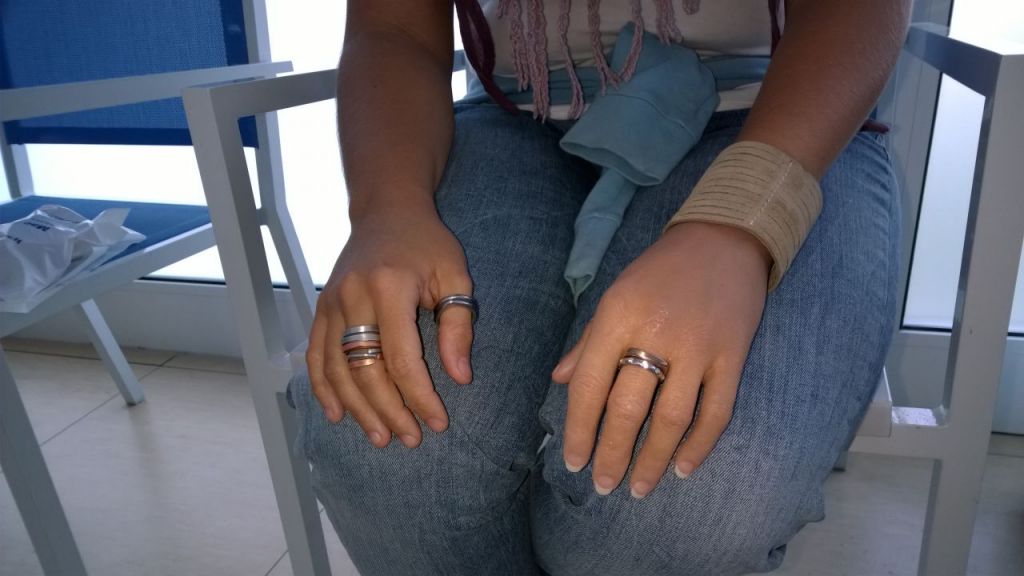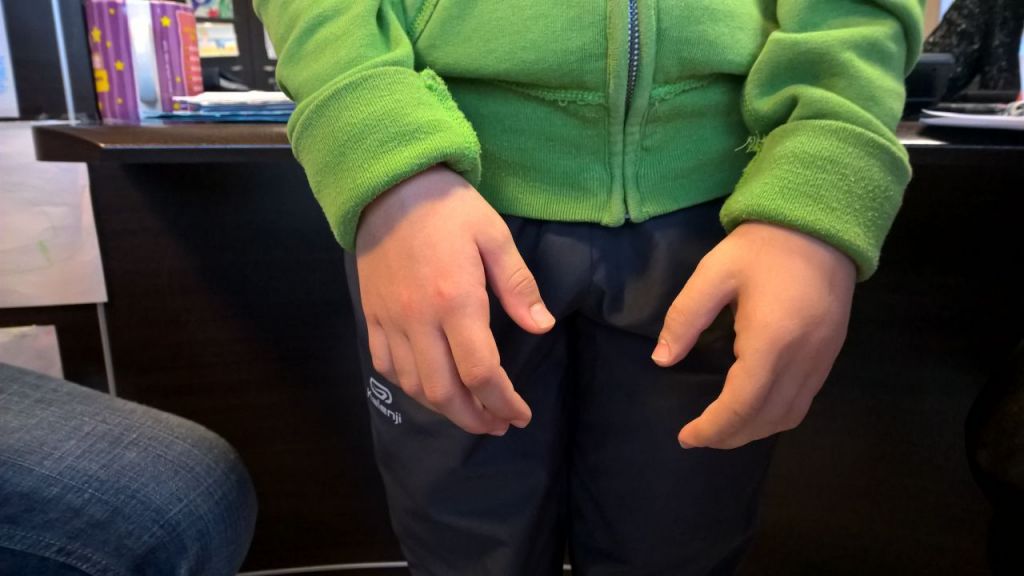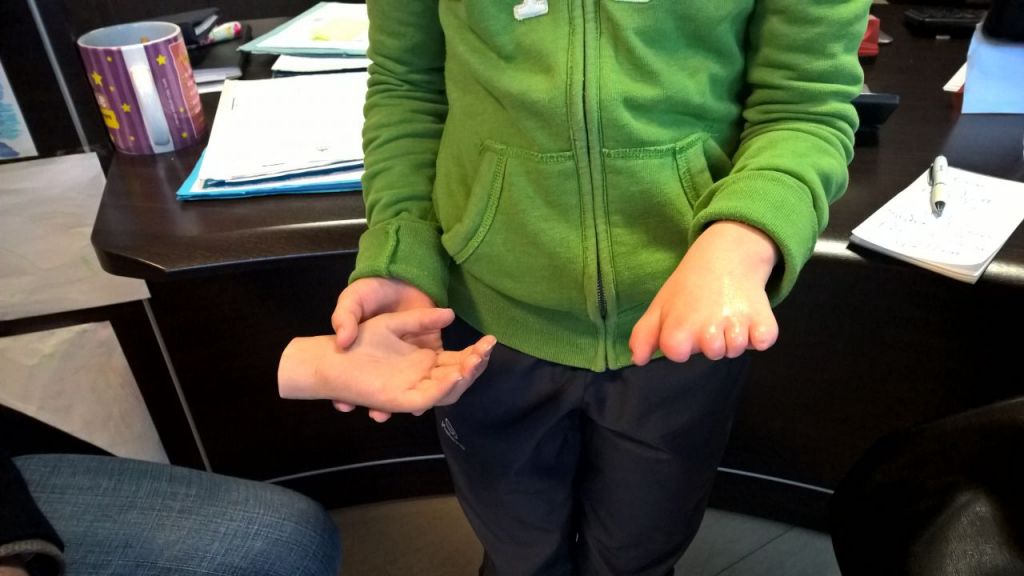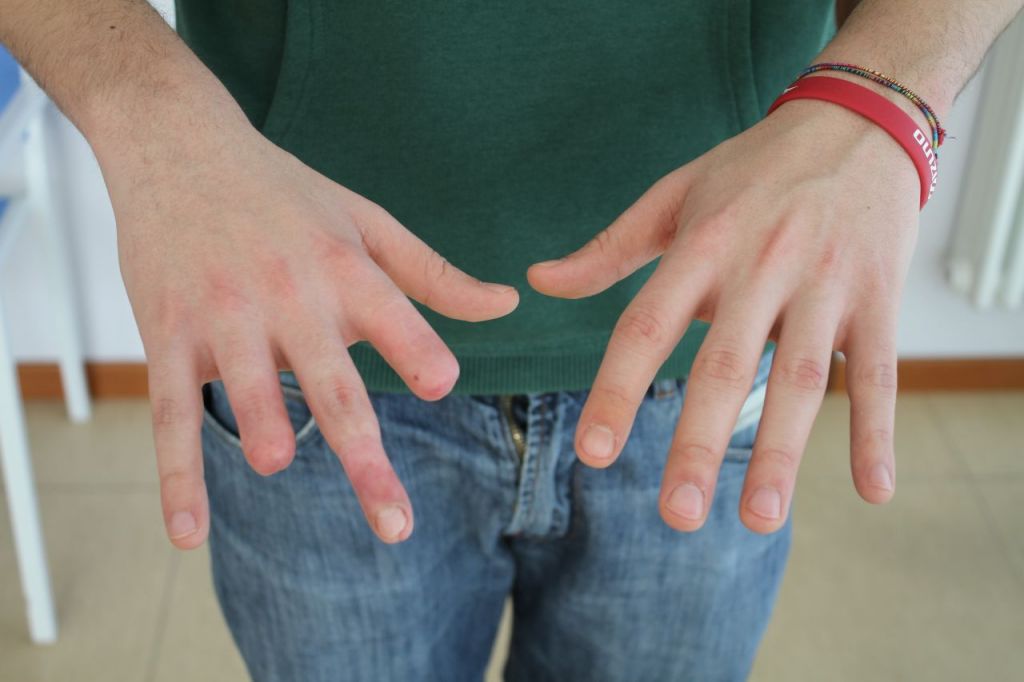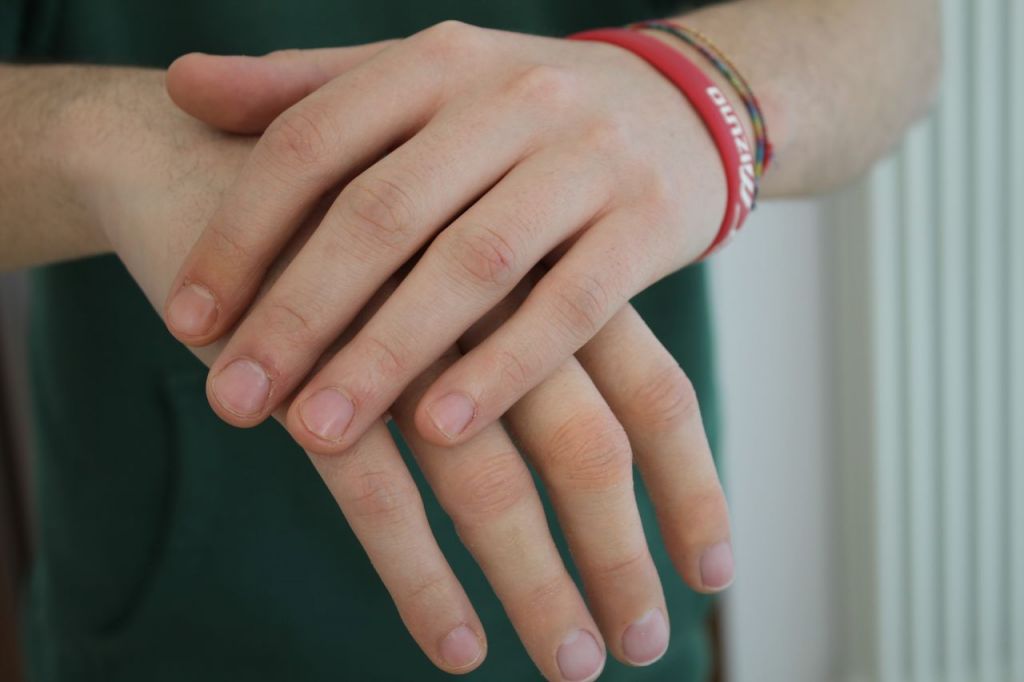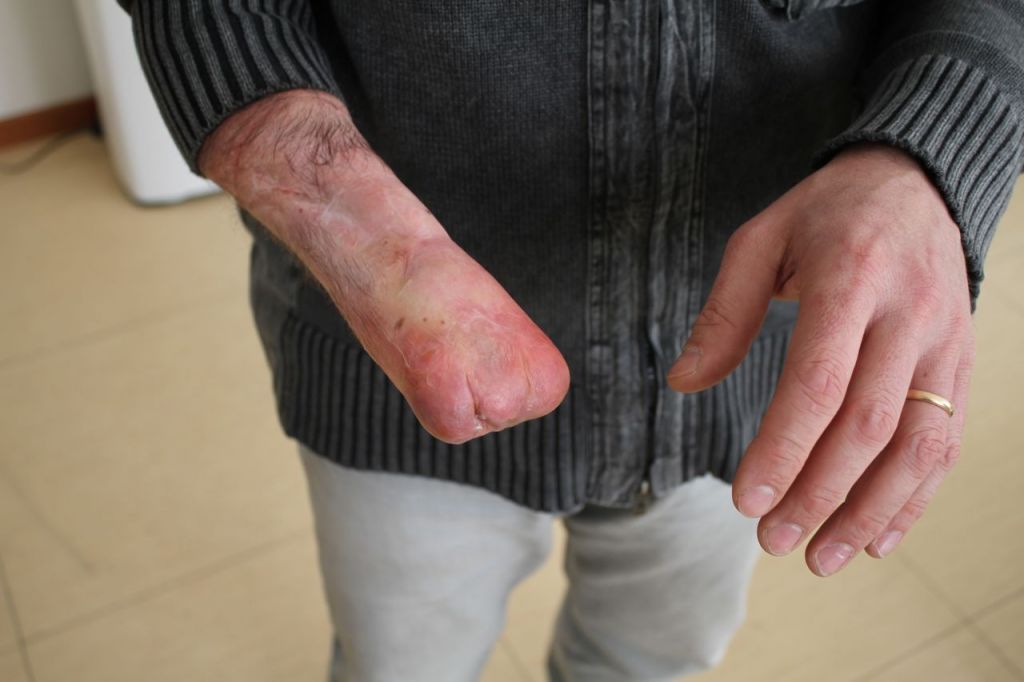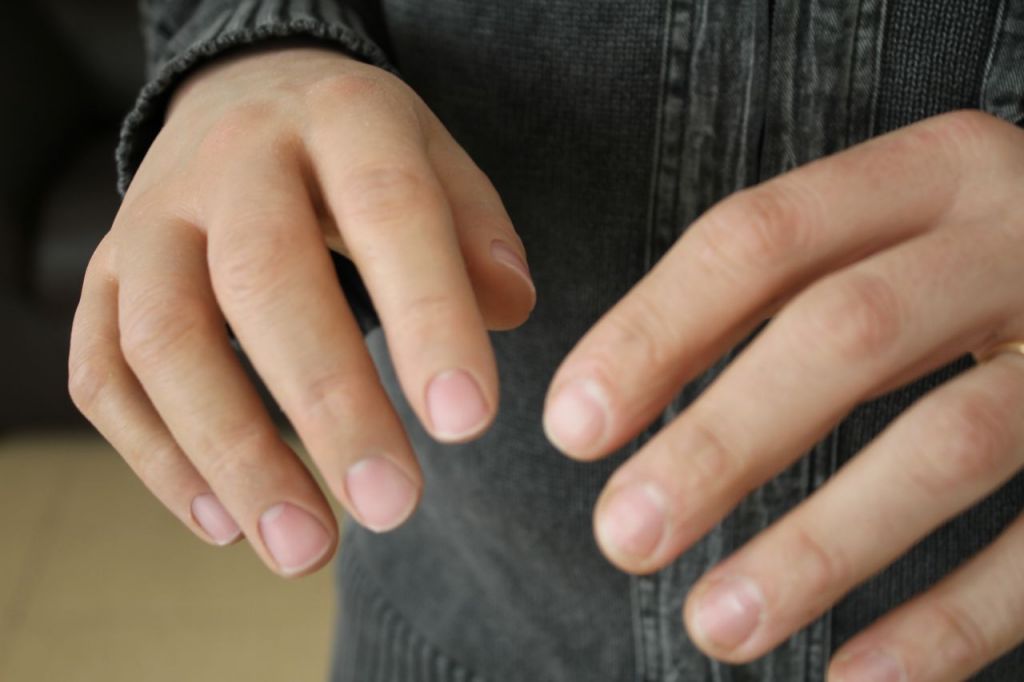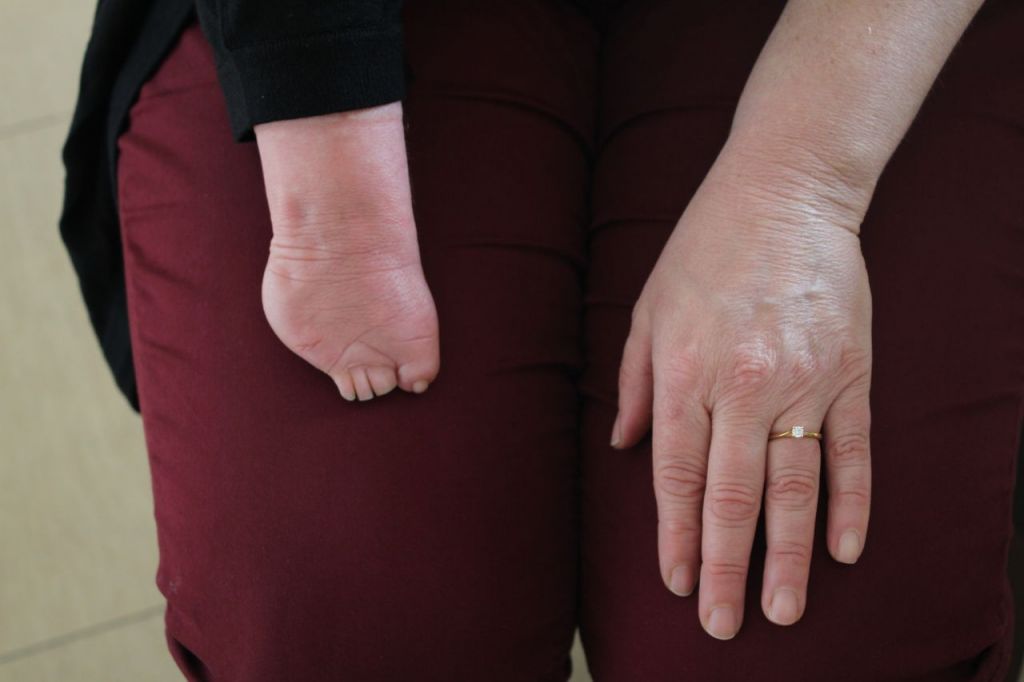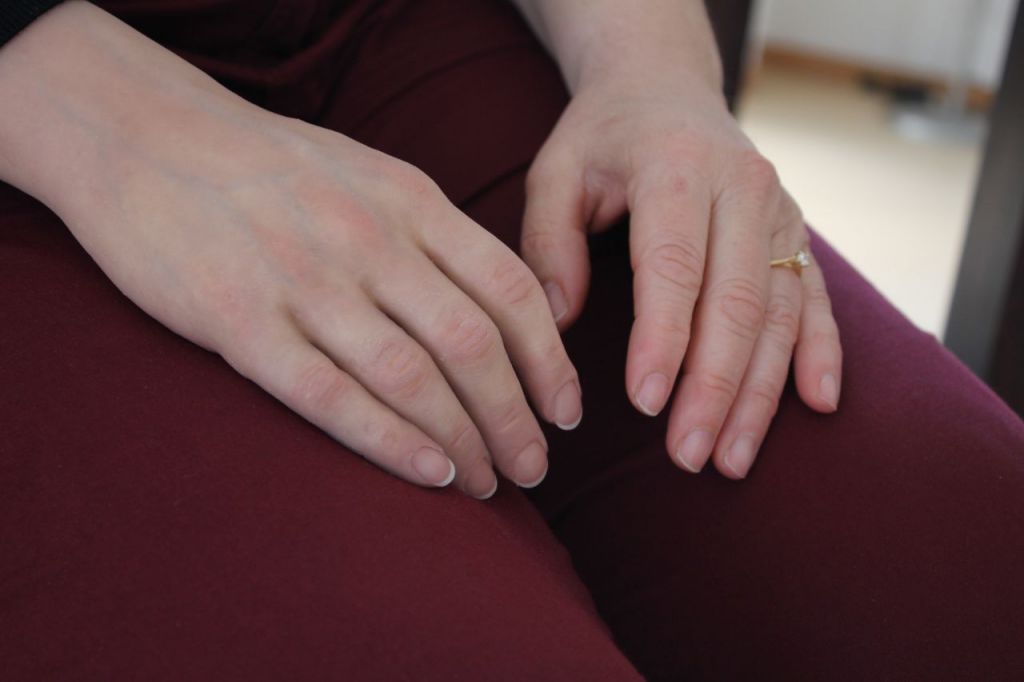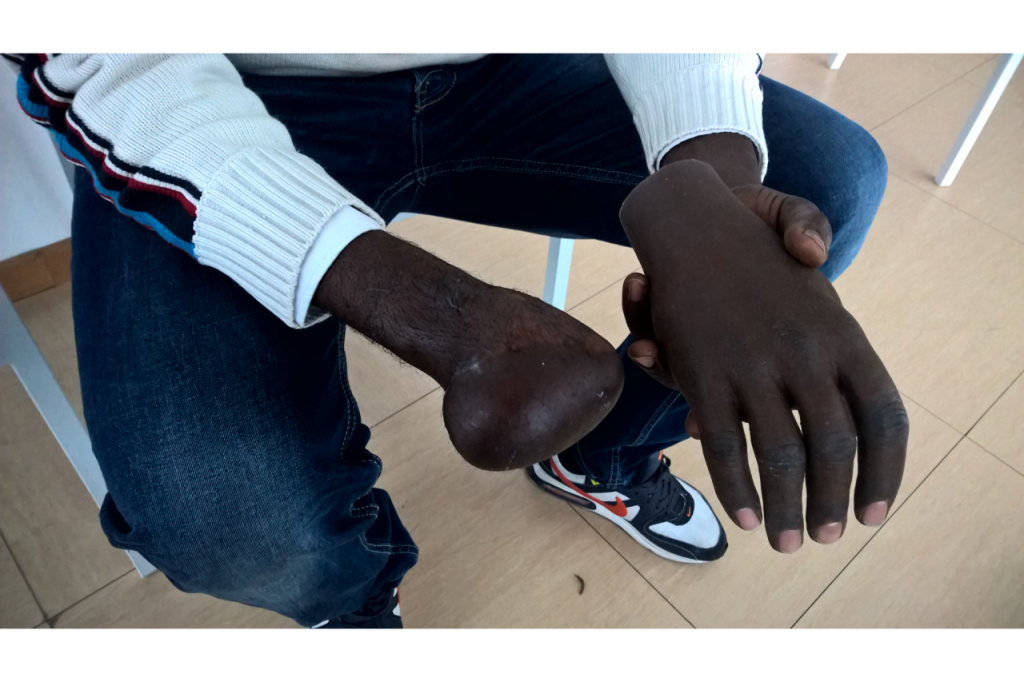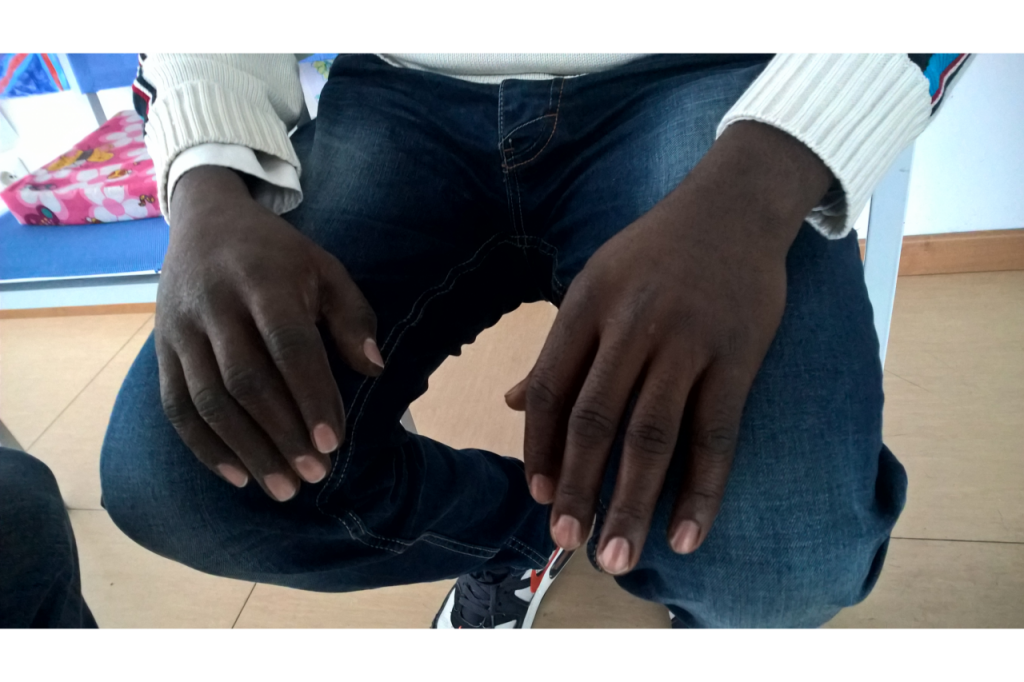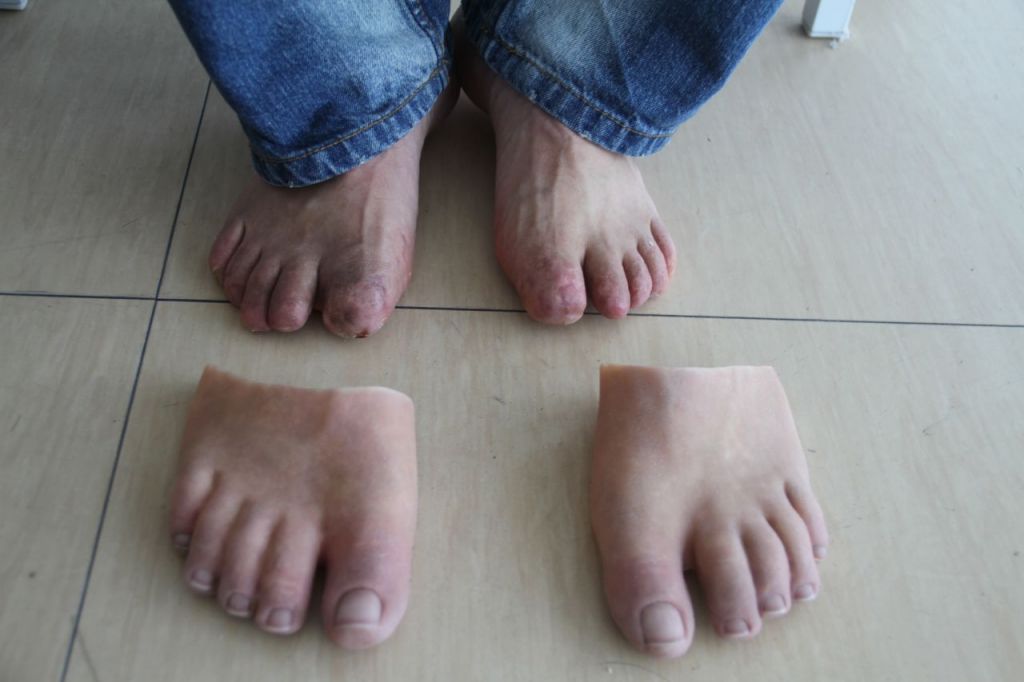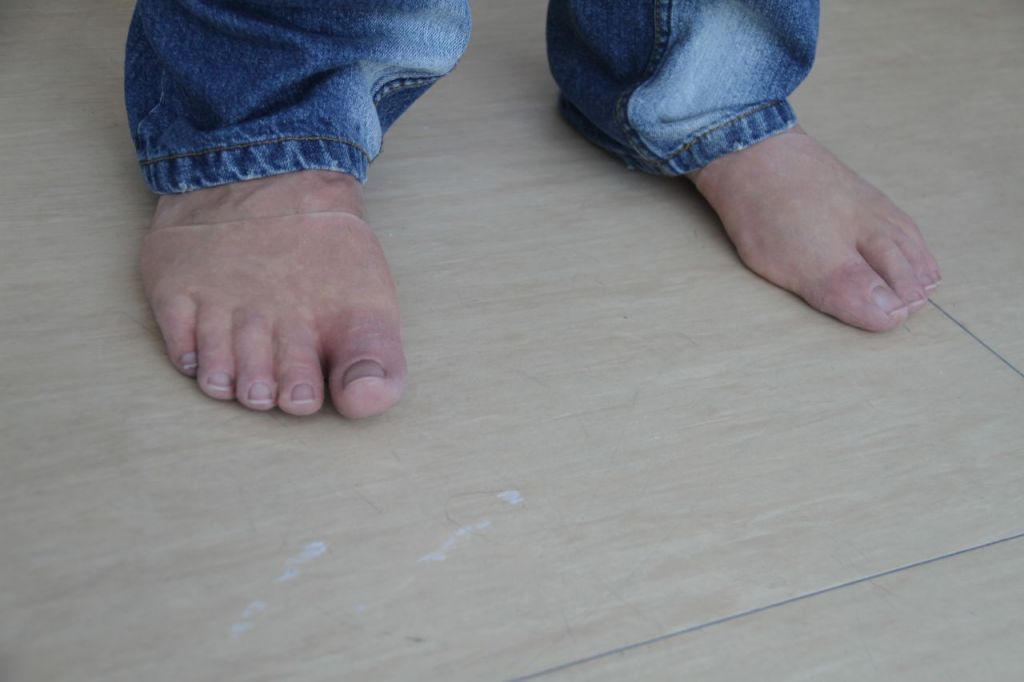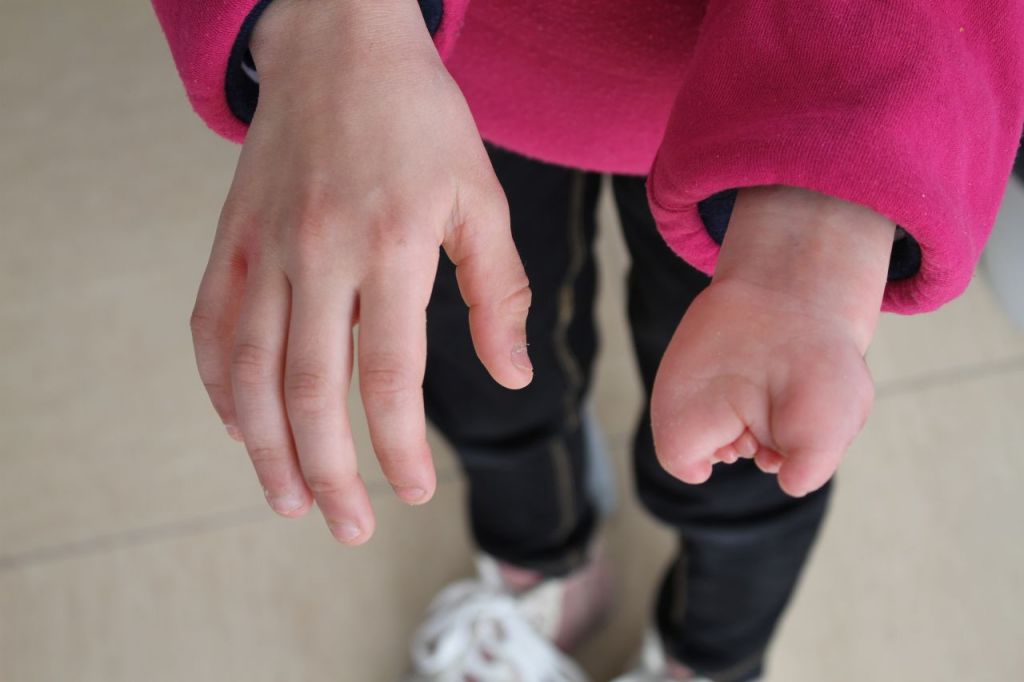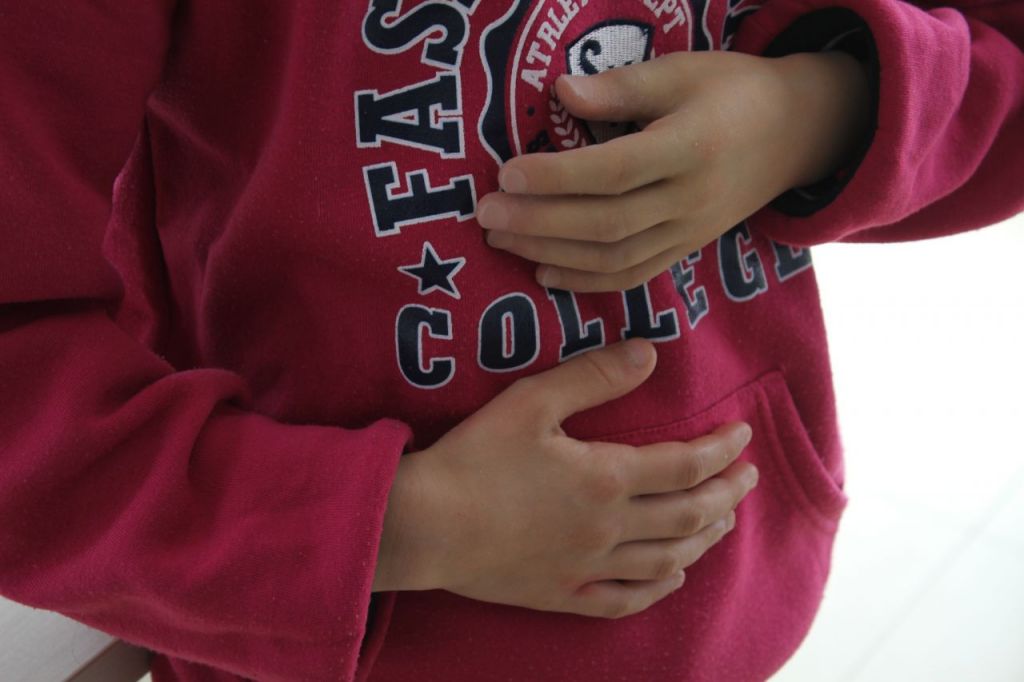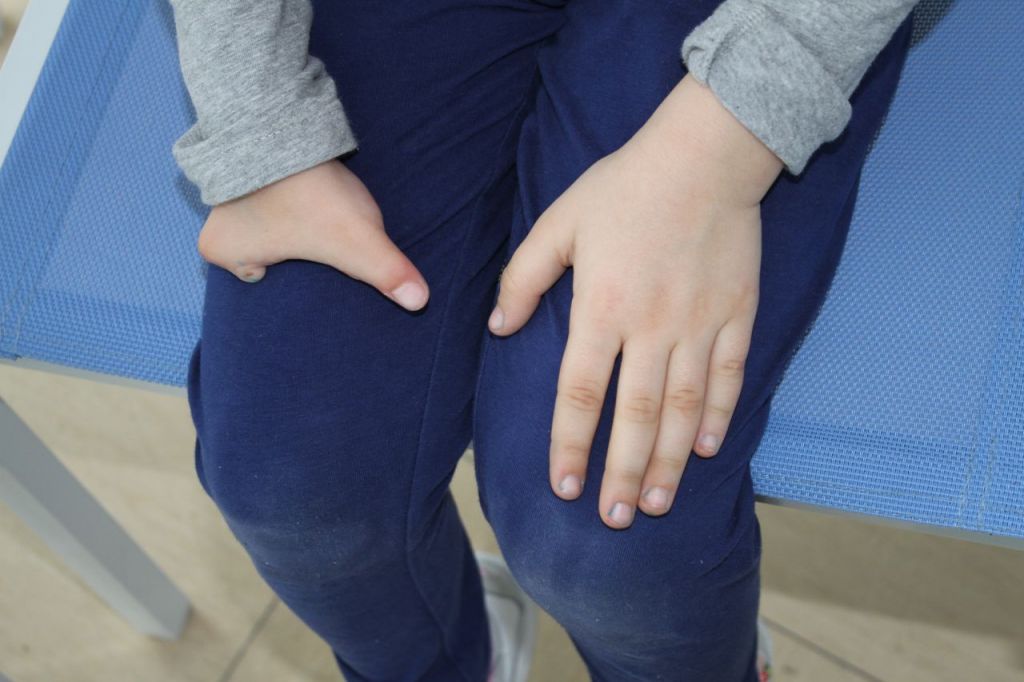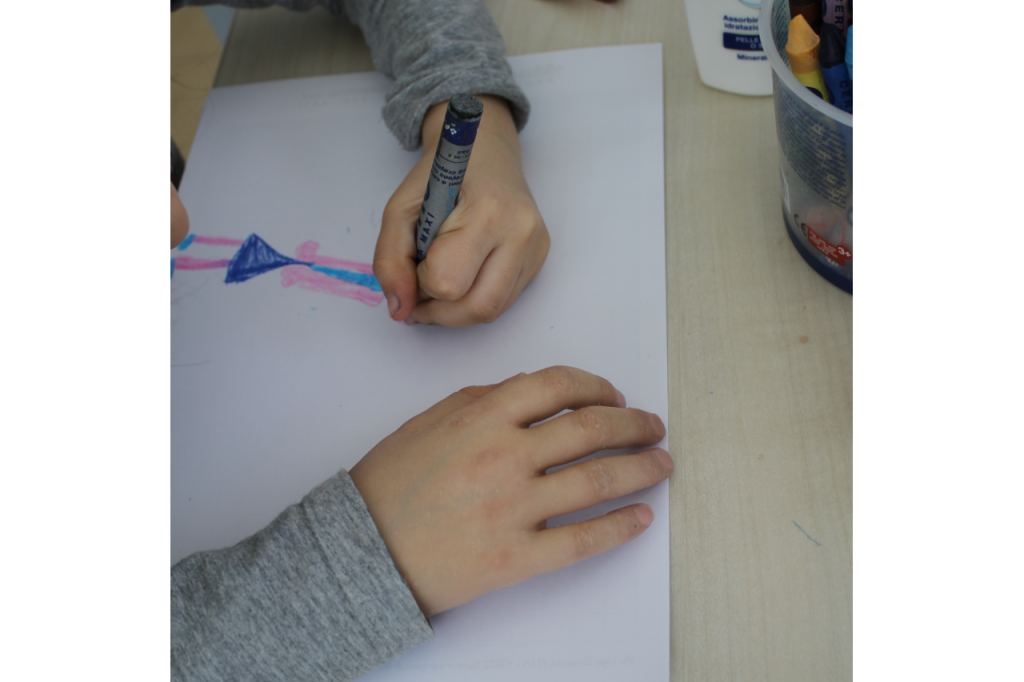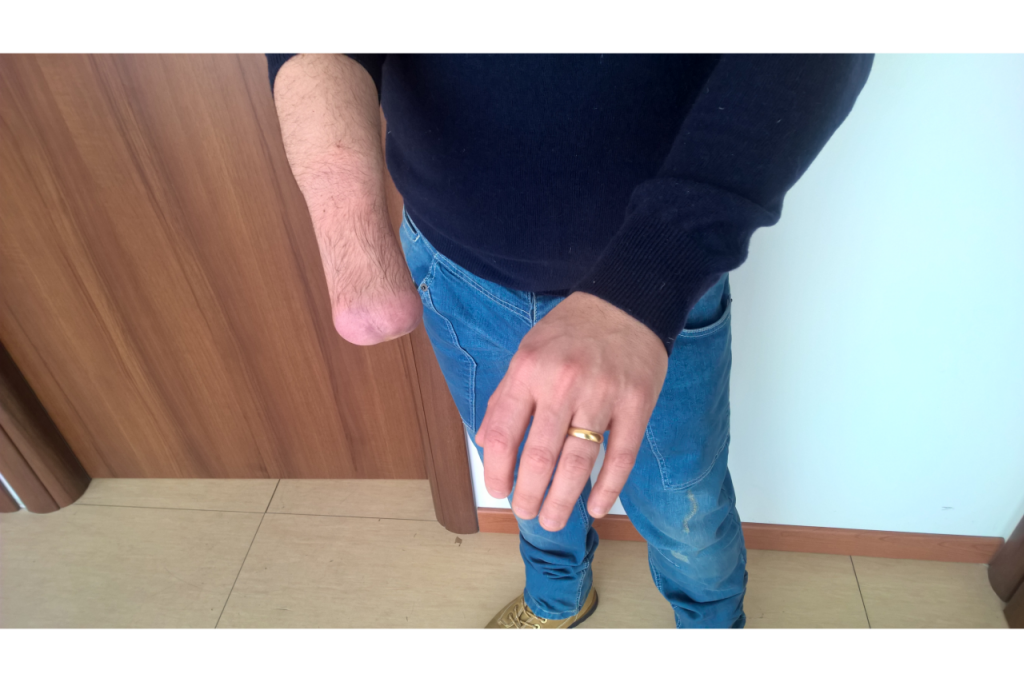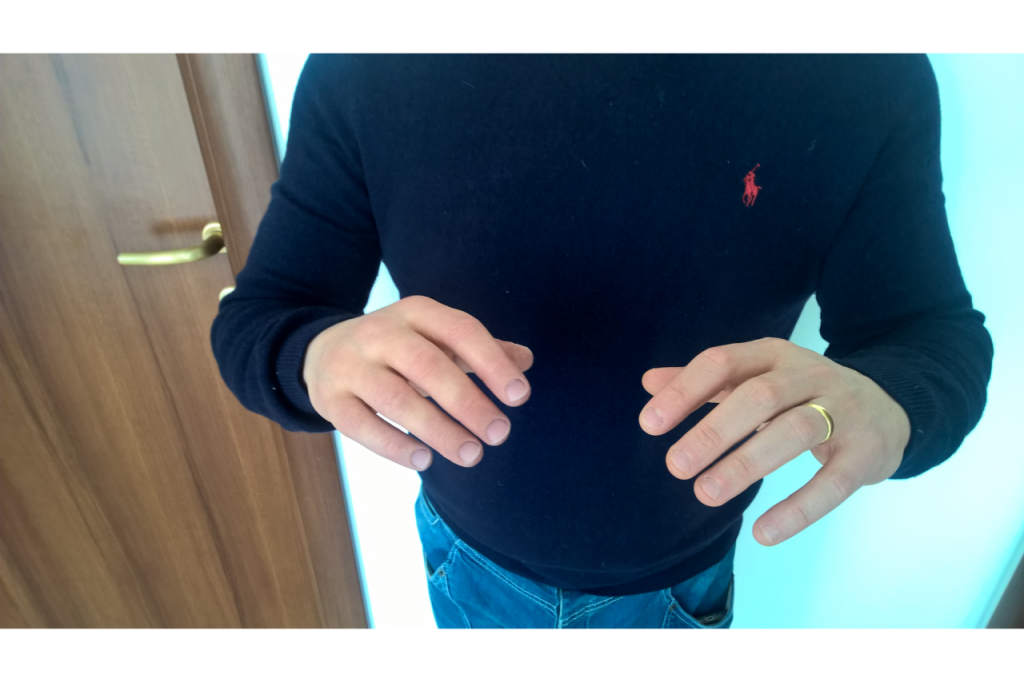In postmodern society, the body is seen as an integral part of our identity and as a privileged channel of expression. Where body and mind, health and psychological well-being, body and beauty are linked by a continuous play of references.
The body is recognized as its own language, its own expressive needs that we must know how to listen to and must express. Beauty then becomes synonymous with a healthy body.
This concept allows us to understand the extent to which disability can disrupt the mind of the amputee and alter their relational abilities, considerably worsening the relationship that the individual had established with the external environment.
Body image is the result of a reflection of oneself through others.
The alteration of this image can prove to be a trigger for certain somatic pathologies and various forms of depression.
Through the prosthesis, whether aesthetic or design, we respond to the psychological needs of a patient, with a view to facilitating the overcoming of the trauma and the transition to a subsequent evolutionary phase of acceptance of a new identity and of his disability.
The patient who needs a cosmetic prosthesis generally has very high expectations.
Dialogue helps to establish the confidence necessary to understand these expectations and take them into account, as far as possible, in the design of the prosthesis.
This first approach listening is therefore just as important as the evaluation of the stump.
If the aesthetic prosthesis can also play a functional role in certain cases, its true vocation remains to help the patient regain the integrity of their body.
In this sense, the aesthetic prosthesis can be considered as a therapeutic tool promoting the social and professional reintegration of the amputee.
Our technology is one of the most advanced. This technology allows the design of an anatomo-mimetic prosthesis in biocompatible silicone by reproducing the missing limb from the inverted impressions of the healthy contralateral limb.
The innovation achieved lies largely in the manufacturing of a custom-made monolithic mold, the result of long and complex work obtained thanks to more of thirty years of experience in this sector. This mold will give rise to a transparent silicone glove which will be colored taking the patient as a model and, therefore, thanks to its particular brushing technique, will deposit the color pigments to reproduce the color of the skin.
Sooner the prosthesis is made, better the child will accept the prosthesis.
The prosthesis will therefore be gradually integrated to allow the child to get used to it and make it their own, alternating the times of the day when the child will or will not wear the prosthesis depending on the different situations to allow them to develop their functionality with and without the prosthesis.
The nails are made of resin and carefully replicate those of the patient, both in color and size.
The contact socket becomes an integral part of the prosthesis to form a single body and adhere perfectly to the stump.
The filling of the distal part can be more or less soft and flexible to ensure, in addition to comfort, the most natural walking possible, in the case of a foot prosthesis.






